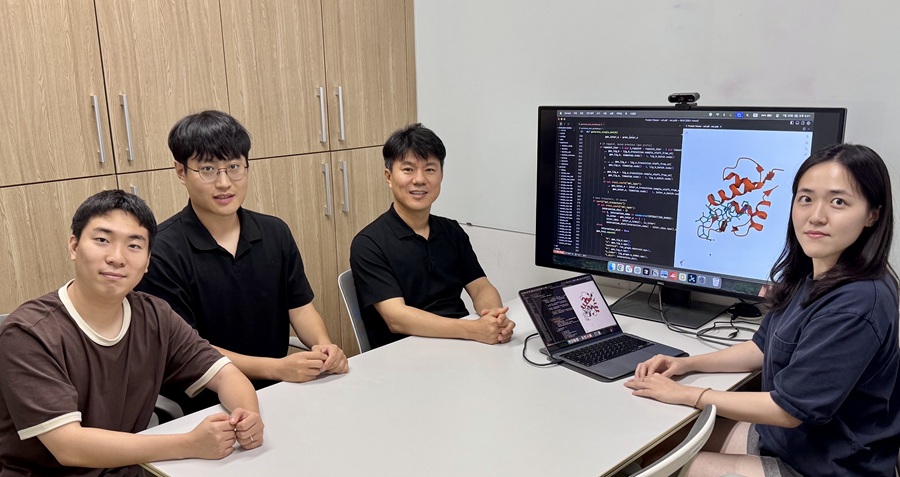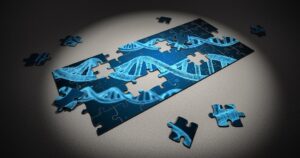
The Korea Advanced Institute of Science and Technology (KAIST) has unveiled a groundbreaking artificial intelligence model designed to revolutionize the field of cancer drug development. Announced on October 10, this innovation promises to streamline the drug discovery process by designing optimal drug candidates using only information about target proteins, eliminating the need for prior molecular data.
The research team, led by Professor Woo Youn Kim from the Department of Chemistry, has developed the AI model named BInD (Bond and Interaction-generating Diffusion model). This model is capable of designing and optimizing drug candidate molecules tailored to a protein’s structure without needing prior information about binding molecules, a significant leap forward in drug discovery.
Transformative Approach to Drug Design
Traditional drug development methods are often costly and time-consuming, with a low success rate. They typically involve identifying a target protein, such as a cancer cell receptor, and then searching through countless molecular candidates to find those that could effectively bind to the protein and block its function. The BInD model, however, introduces a “simultaneous design” approach that integrates the generation and evaluation of molecules in one step, considering the binding mechanism during the process.
This integrated approach significantly increases the likelihood of generating effective and stable molecules. The model visually demonstrates how types and positions of atoms, covalent bonds, and interactions are created simultaneously to fit the protein’s binding site, meeting multiple essential drug design criteria such as target binding affinity, drug-like properties, and structural stability.
Advanced AI Techniques
The AI operates based on a “diffusion model,” a generative approach where a structure becomes increasingly refined from a random state. This is similar to the model used in AlphaFold 3, the 2024 Nobel Chemistry Prize-winning tool for protein-ligand structure generation, which has shown high efficiency. However, unlike AlphaFold 3, which provides spatial coordinates for atom positions, BInD introduces a knowledge-based guide grounded in actual chemical laws, enabling more chemically realistic structure generation.
Additionally, the team applied an optimization strategy where outstanding binding patterns from prior results are reused. This allows the model to generate even better drug candidates without additional training. Notably, the AI successfully produced molecules that selectively bind to the mutated residues of EGFR, a cancer-related target protein.
Implications for the Future of Drug Development
Professor Woo Youn Kim highlighted the potential paradigm shift this technology represents for drug development.
“The newly developed AI can learn and understand the key features required for strong binding to a target protein and design optimal drug candidate molecules—even without any prior input,” he stated. “This could significantly shift the paradigm of drug development.”
Joongwon Lee and Wonho Zhung, PhD students in the Department of Chemistry, participated as co-first authors of this study. The research results were published in the international journal Advanced Science on July 11, with a notable impact factor of 14.1.
Support and Publication
This research was supported by the National Research Foundation of Korea and the Ministry of Health and Welfare. The published paper, titled “BInD: Bond and Interaction-Generating Diffusion Model for Multi-Objective Structure-Based Drug Design,” can be accessed through DOI: 10.1002/advs.202502702.
The announcement comes at a time when the pharmaceutical industry is increasingly turning to AI to enhance drug discovery processes. As the BInD model continues to develop, it could pave the way for more efficient and reliable drug development, potentially leading to faster treatments for various diseases, including cancer.
Looking forward, the implications of this research are vast. By reducing the time and cost associated with traditional drug discovery methods, this AI-driven approach could accelerate the availability of new treatments, offering hope to millions affected by cancer worldwide.






